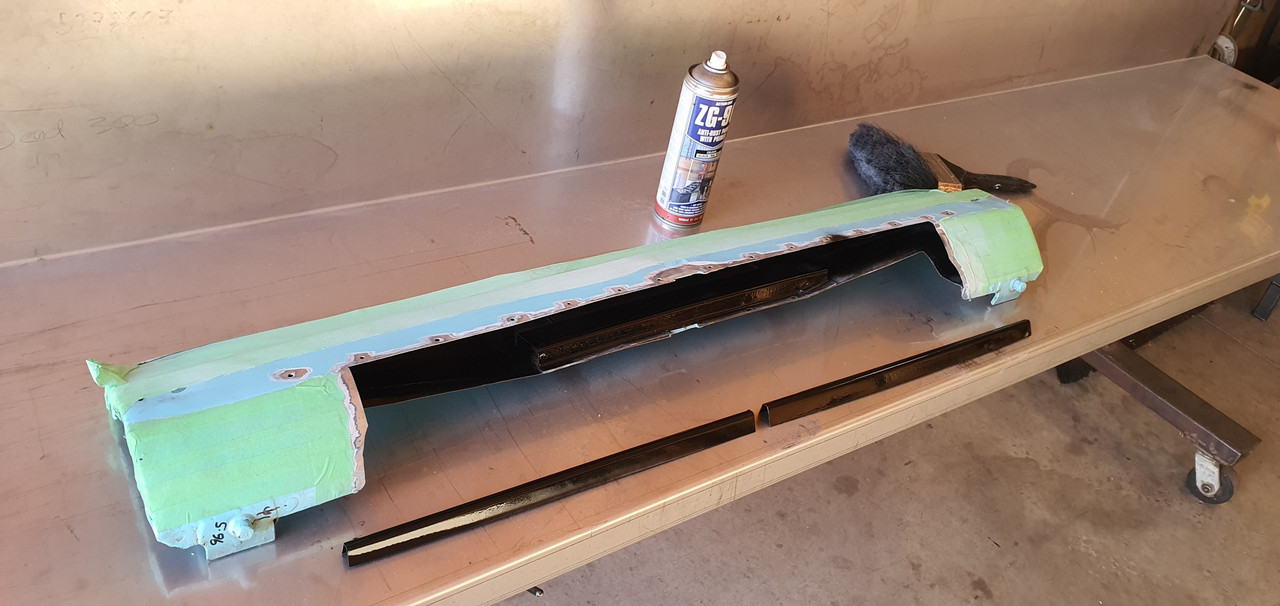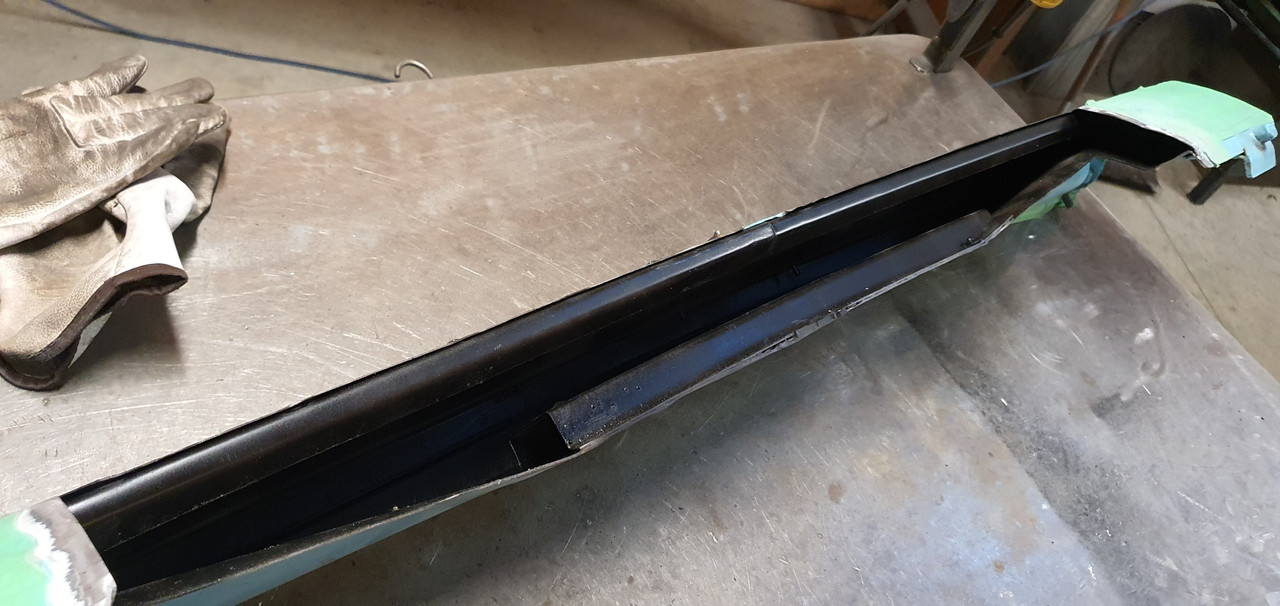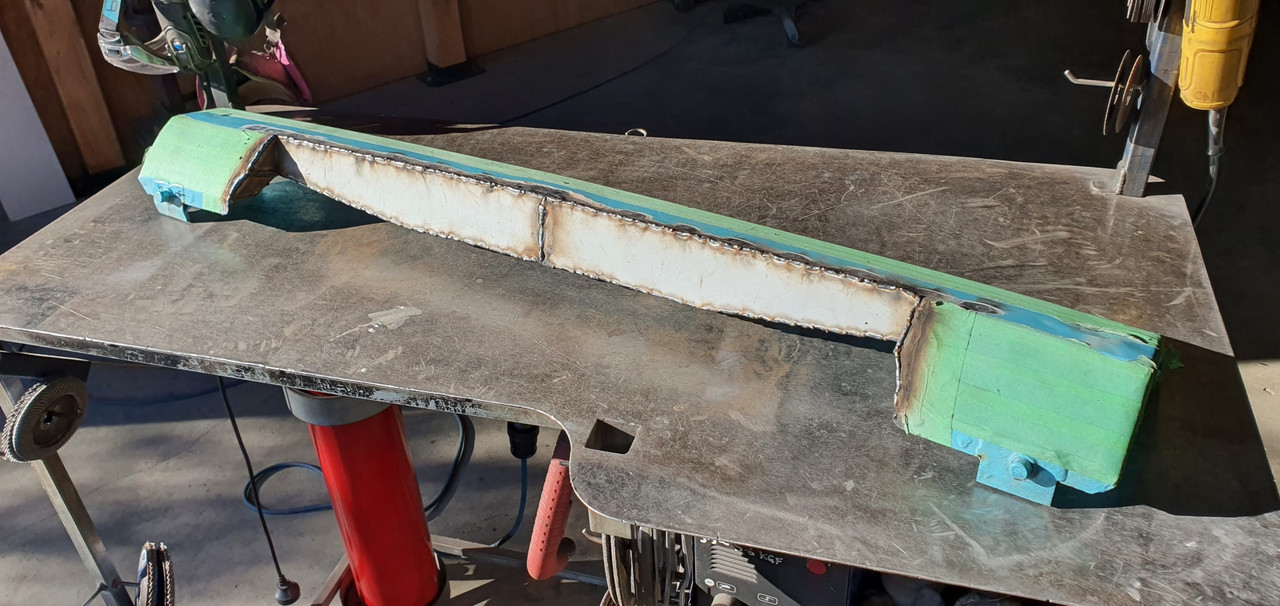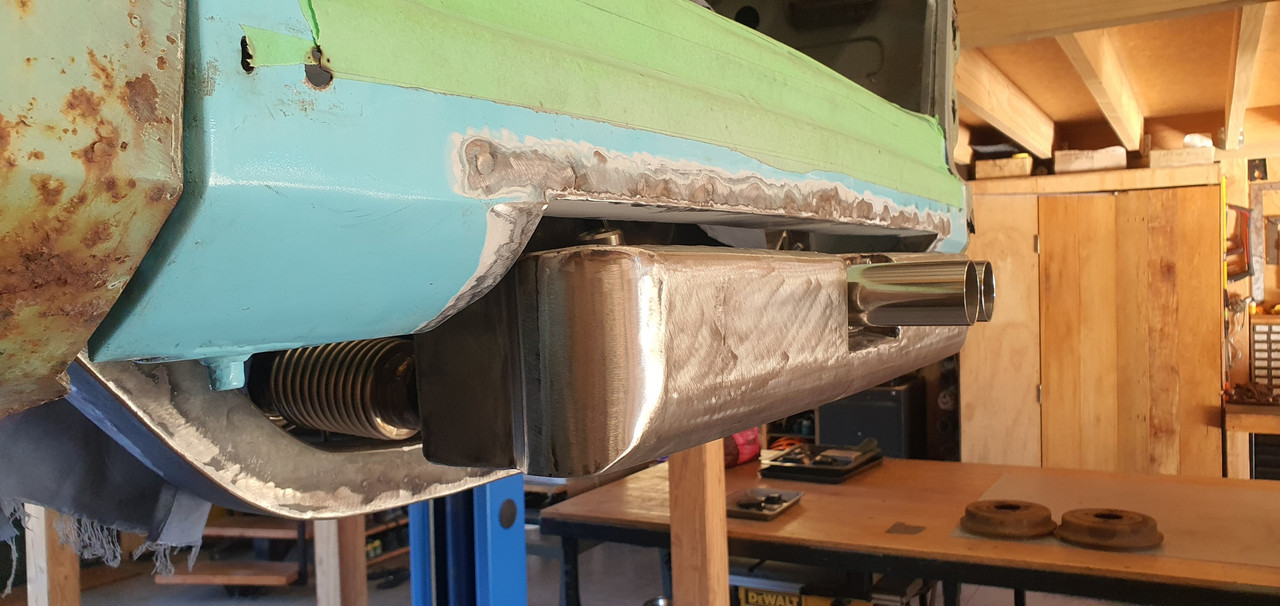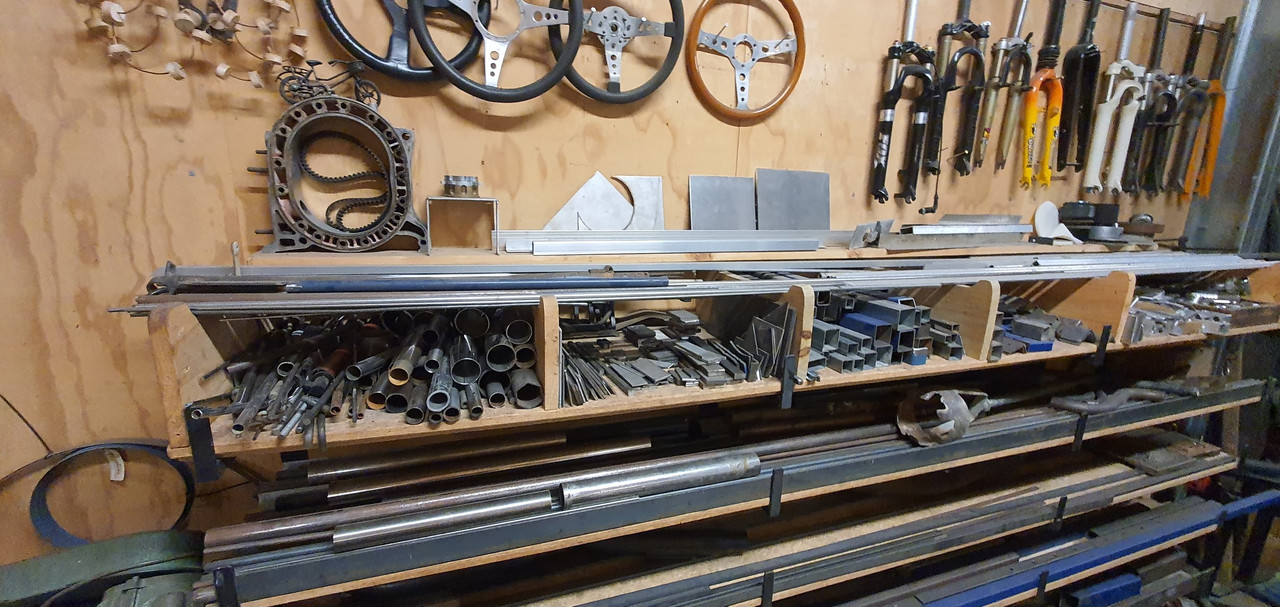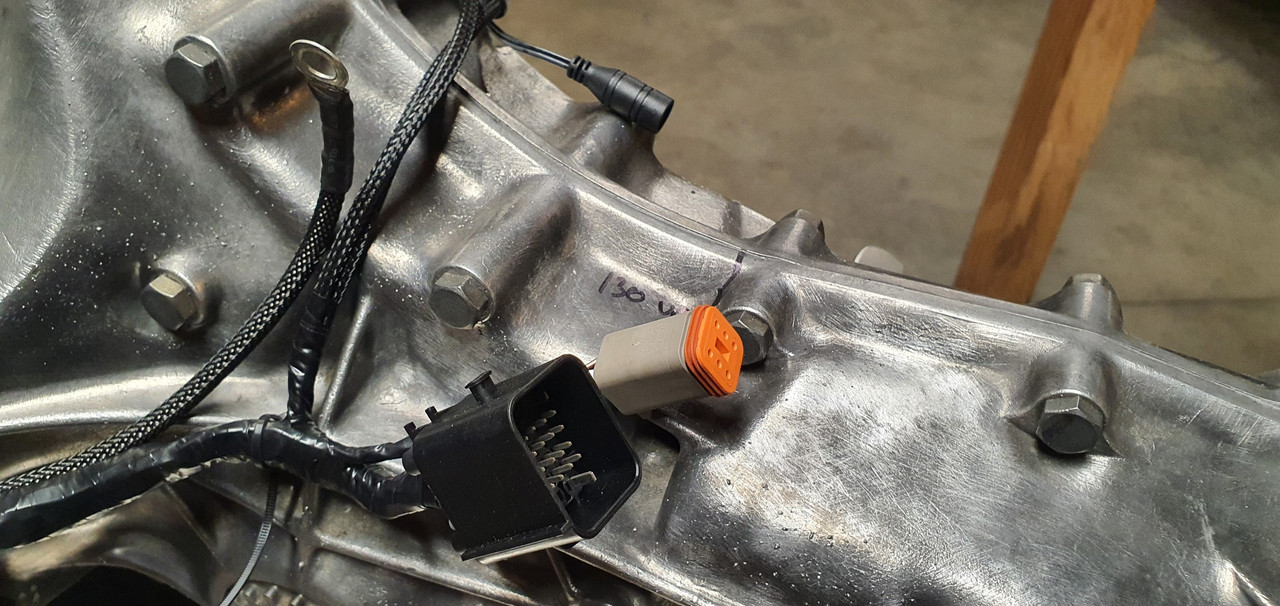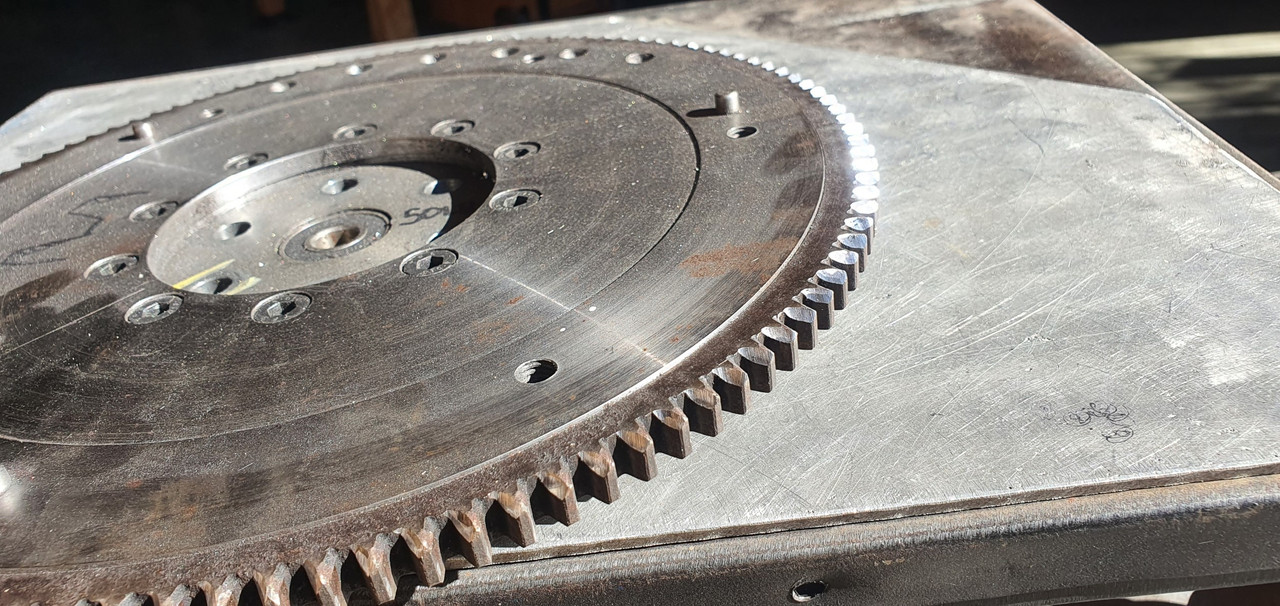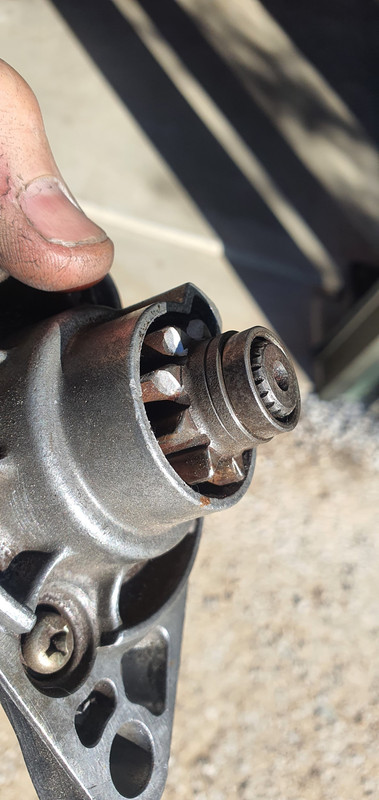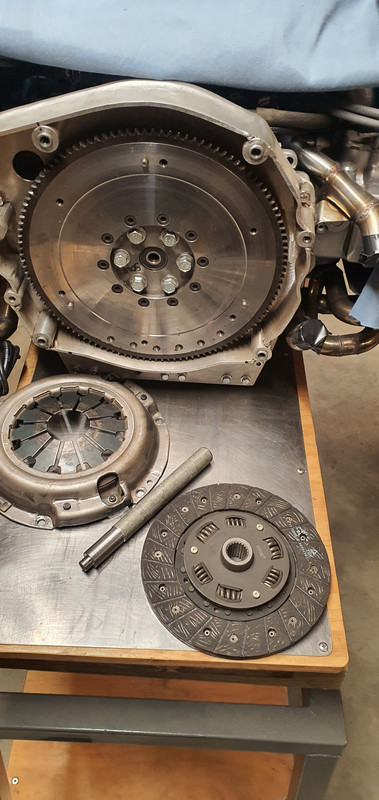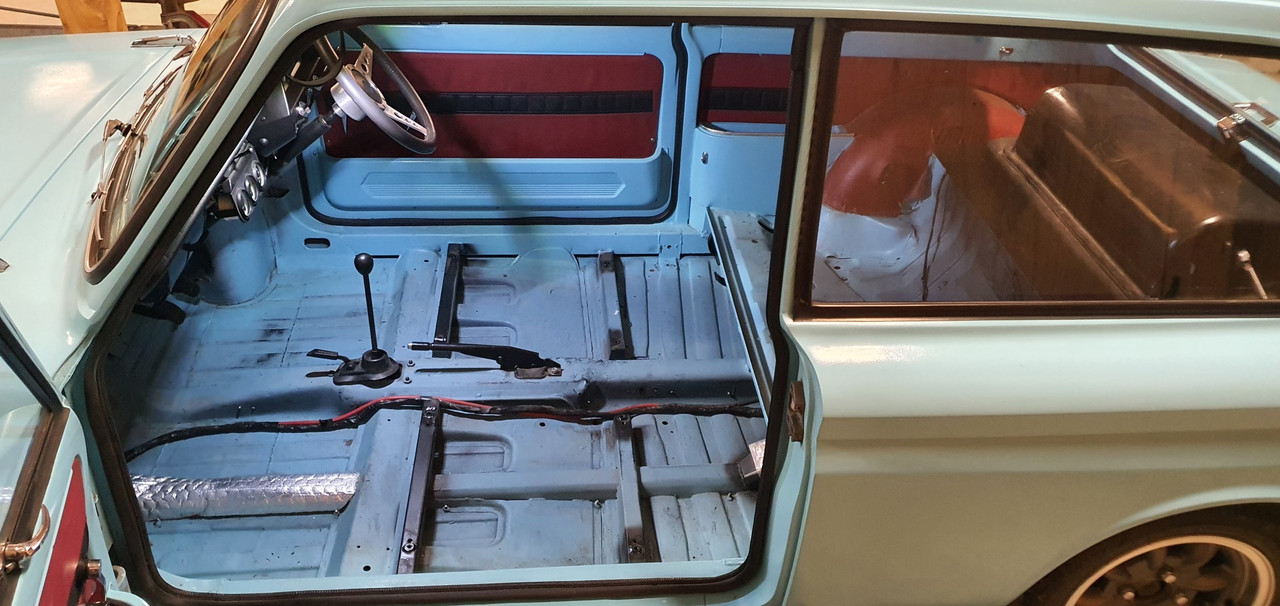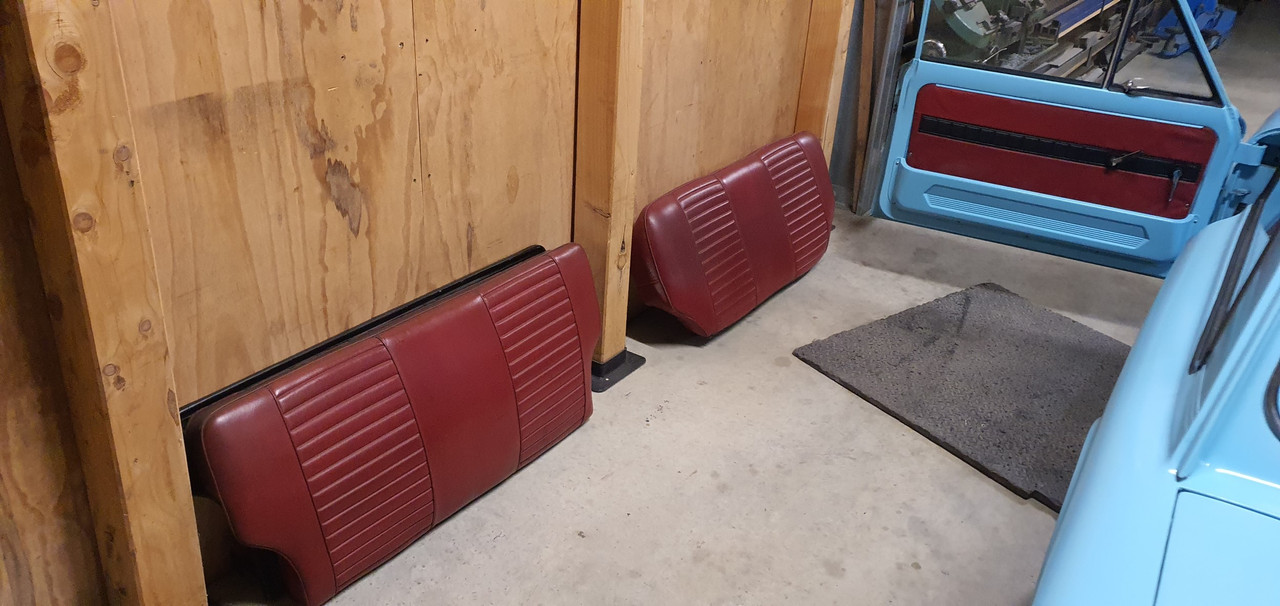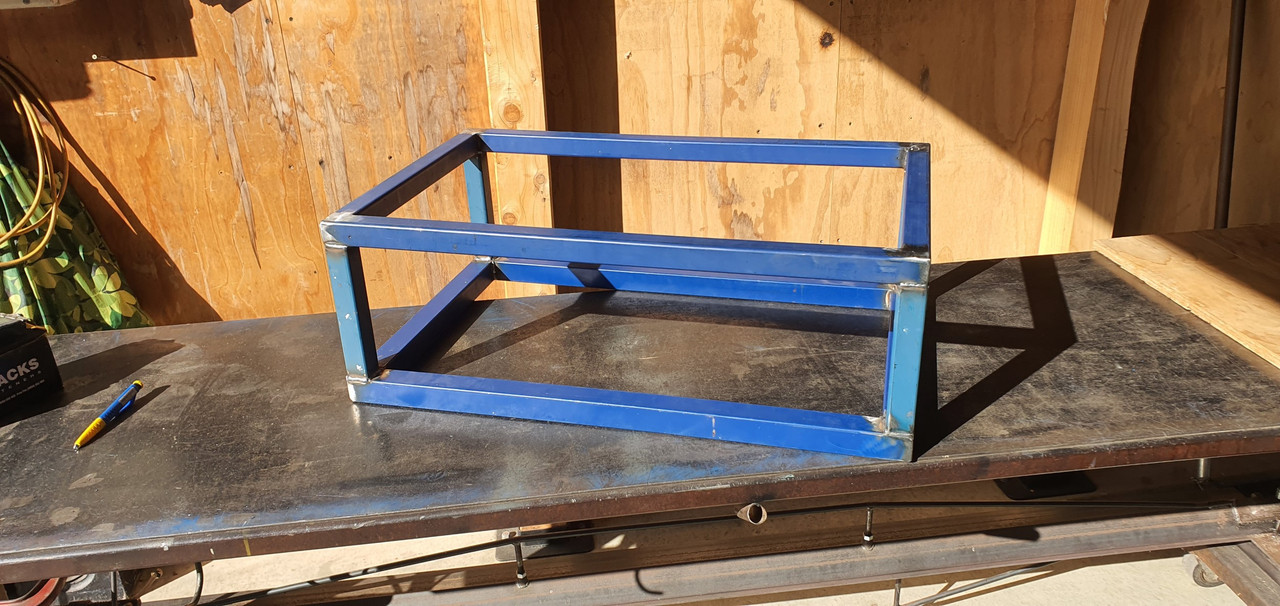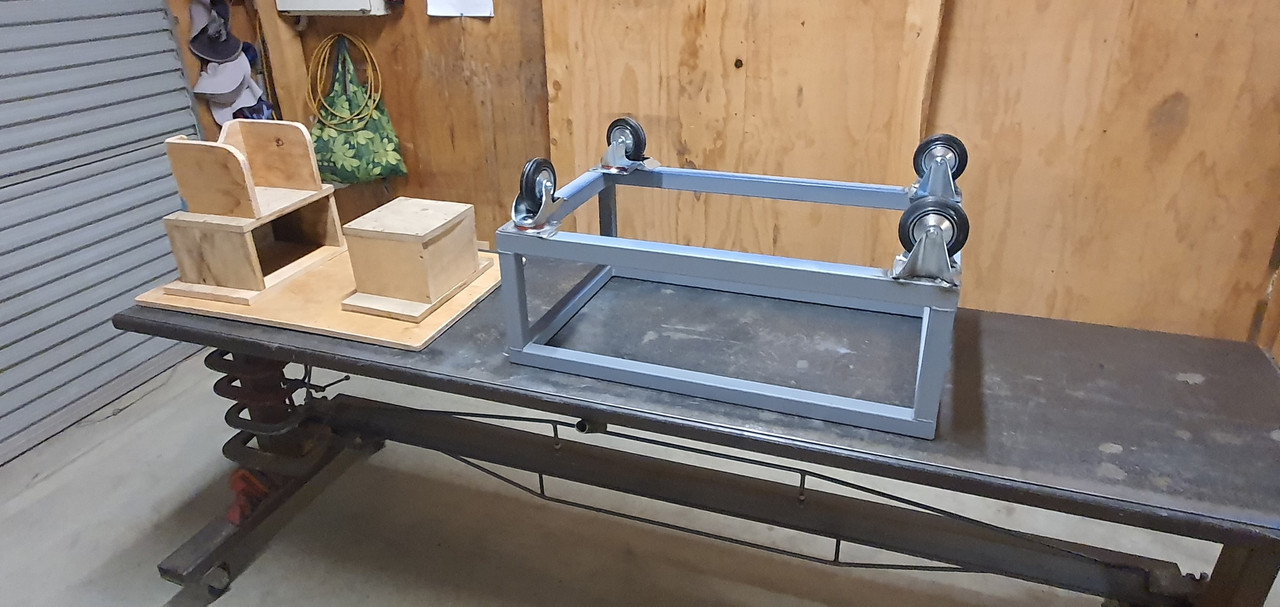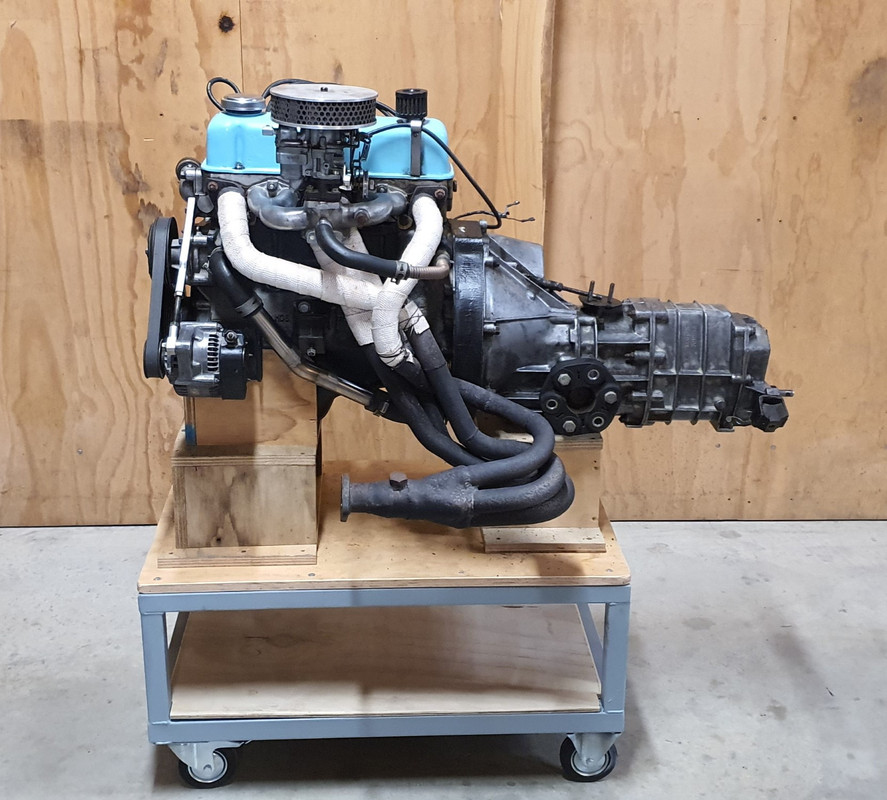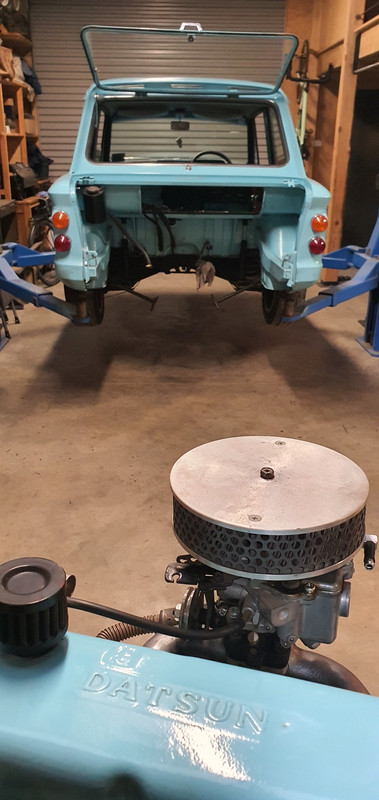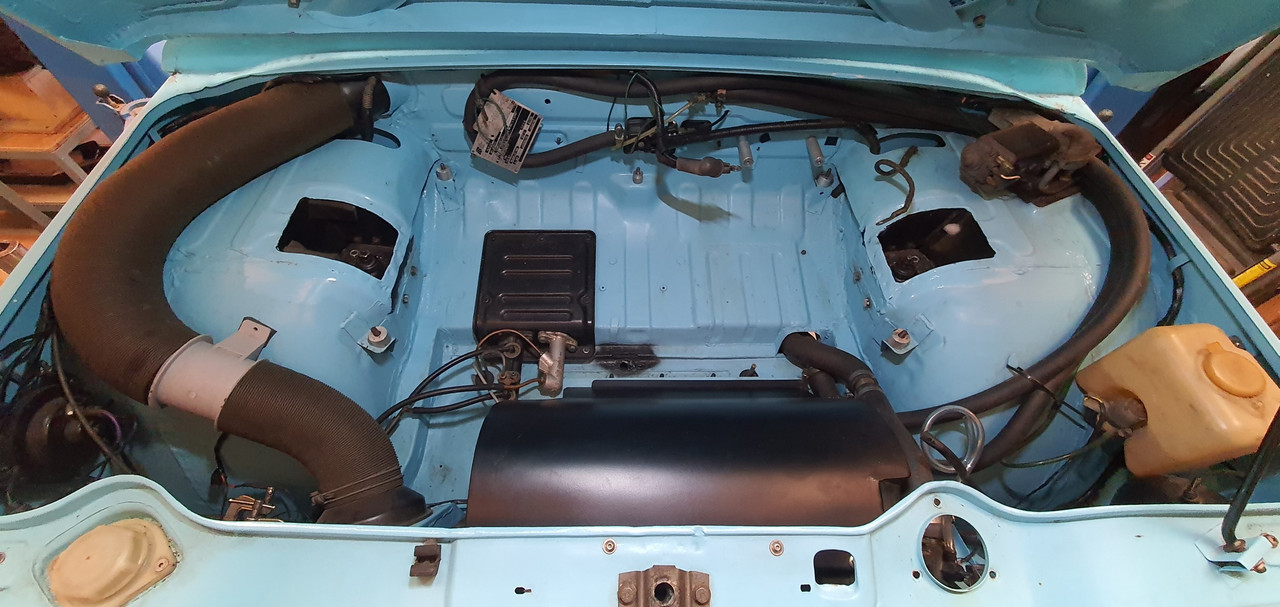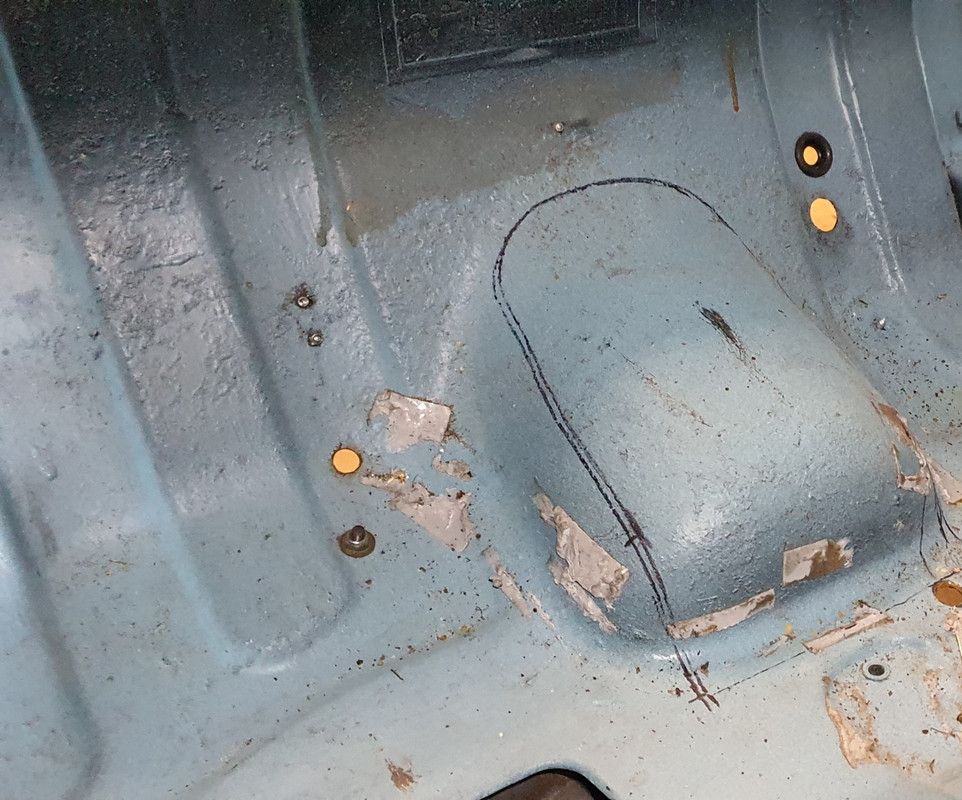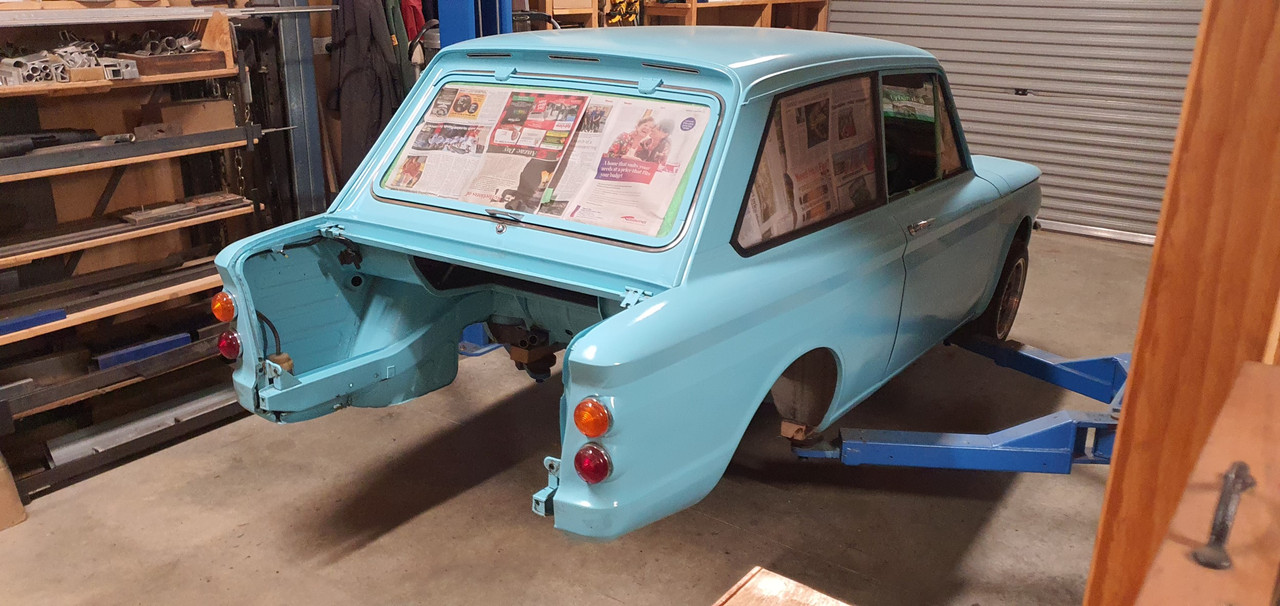Now isn't that a dead smart way to join a driveshaft together! Shall keep that in mind. Will you do any welding on it at all or is the press fit sufficient?
Very neat work on the fuel tank as well.
 ...bogged down in lots of stuff saying you have to have two uj's or two cv's due to uj resonance issues...
...bogged down in lots of stuff saying you have to have two uj's or two cv's due to uj resonance issues...
Yeah I went round that circle a while back, coming from the perspective of looking at Triumph 2000 and Spitfire/GT6 propshafts being completely out of whack straight from the factory and no-one whinging about those.
From what I can gather, the advice mostly comes from people in the US running big torque V8s through long propshafts to live axles. If you get UJs out of sync (either by just having one, or having two but on different planes), it sets up a pulsing effect where the shaft (and everything else downstream of it) varies in speed like a sine wave. This causes two different things that we can notice.
I figure that the harshness is quite easily lost in general harshness of old, small cars which is why no-one really notices the prop angles in Spitfires. I do wonder how bad this ends up being, considering the T2000 is awful as well and journos still descried it as 'turbine smooth' at the time...
Variation in torque is more interesting I think. If a component is fairly marginal (like the diff in a GT6 with a 2.5l swap), then it's possible that the fluctuations in torque delivery push it past what it can cope with. I do wonder if this is a contributory factor to 2.5l Spitfires eating diffs (and, presumably, hopped up American cars lunching their diffs on a hard launch as their rear end squats and pushes any existing misalignment even further out.
tl;dr if your downstream components are beefy enough for a given engine, and you're not going for super smoothness, you're probably alright with a bit of misalignment.
Very neat work on the fuel tank as well.

Yeah I went round that circle a while back, coming from the perspective of looking at Triumph 2000 and Spitfire/GT6 propshafts being completely out of whack straight from the factory and no-one whinging about those.
From what I can gather, the advice mostly comes from people in the US running big torque V8s through long propshafts to live axles. If you get UJs out of sync (either by just having one, or having two but on different planes), it sets up a pulsing effect where the shaft (and everything else downstream of it) varies in speed like a sine wave. This causes two different things that we can notice.
- Slightly choppier/harsher power delivery, including when just cruising along
- A variation in the torque components like the diff or driveshafts see
I figure that the harshness is quite easily lost in general harshness of old, small cars which is why no-one really notices the prop angles in Spitfires. I do wonder how bad this ends up being, considering the T2000 is awful as well and journos still descried it as 'turbine smooth' at the time...
Variation in torque is more interesting I think. If a component is fairly marginal (like the diff in a GT6 with a 2.5l swap), then it's possible that the fluctuations in torque delivery push it past what it can cope with. I do wonder if this is a contributory factor to 2.5l Spitfires eating diffs (and, presumably, hopped up American cars lunching their diffs on a hard launch as their rear end squats and pushes any existing misalignment even further out.
tl;dr if your downstream components are beefy enough for a given engine, and you're not going for super smoothness, you're probably alright with a bit of misalignment.







.jpg)
.jpg)
.jpg)
.jpg)
.jpg)
.jpg)
.jpg)
.jpg)
.jpg)
.jpg)
.jpg)
.jpg)
.jpg)
.jpg)
.jpg)
.jpg)
.jpg)
.jpg)
.jpg)
.jpg)
.jpg)
.jpg)
.jpg)
.jpg)
.jpg)
.jpg)
.jpg)
.jpg)
.jpg)
.jpg)
.jpg)
.jpg)
.jpg)
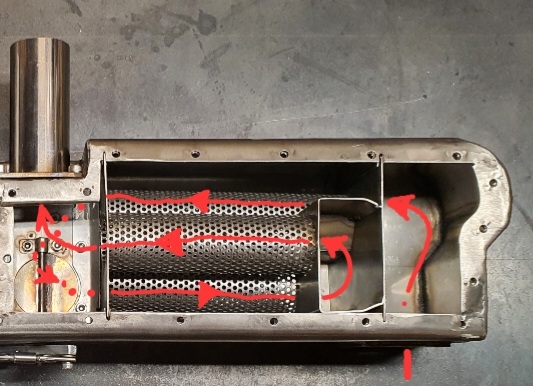
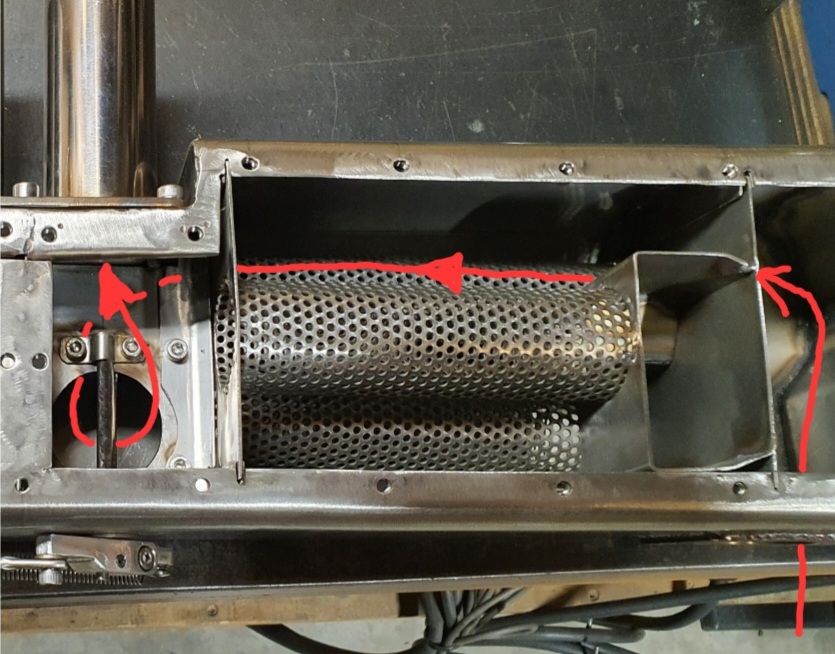
.jpg)
.jpg)
.jpg)
.jpg)
.jpg)
.jpg)
.jpg)
